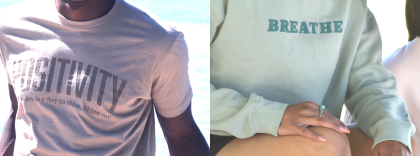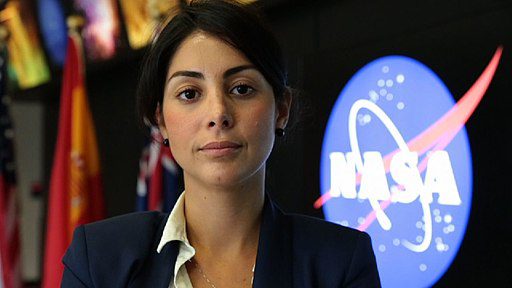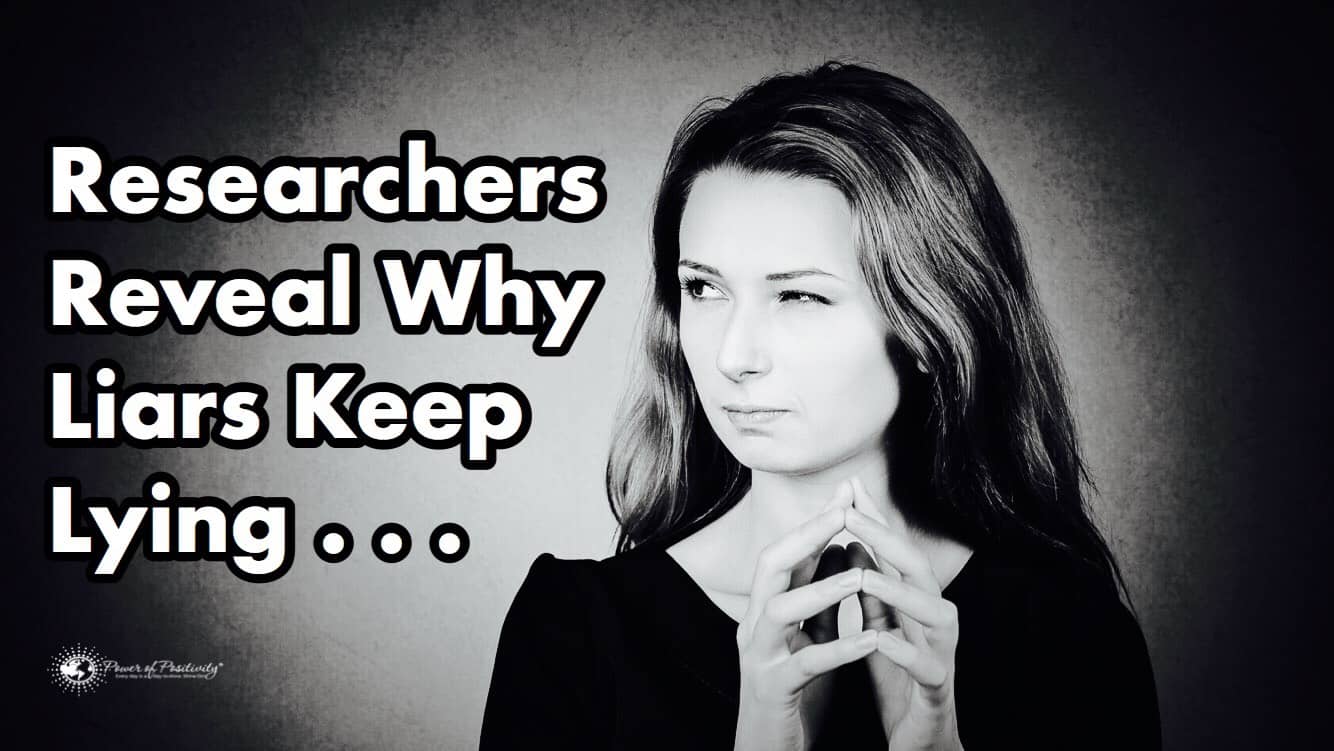Many people, including Diana Trujillo, immigrate to the US seeking a better life and more opportunities. She grew up in Cali, Colombia, and had a strong interest in science and outer space from an early age. Little did she know how far those dreams would take her a few decades later.
She turned her vision of having a science career with NASA into a reality. She is an aerospace engineer, leading a 45-person team at NASA’s Jet Propulsion Lab. Her team worked on creating the robotic arm for the Perseverance Mars rover.
As a little girl growing up in Colombia, Diana longed to explore and understand the universe more. This fascination led to her taking a huge leap of faith to achieve her dreams.
She knew she wanted to pursue a career in science but saw many hurdles. Being a Latina woman in a male-dominated field, Diana felt unsure how far she could advance her career. However, her Dad thought that being able to speak a second language would give her an advantage. He became her biggest cheerleader, suggesting she live with her aunt in Miami while attending school.
So, she decided to immigrate to the US at only 17 years old to pursue a science career. She only had $300 in her pocket. But she vowed to become successful in her new country. She took jobs in housekeeping to pay her way through school at Miami Dade College. There, she took English classes and also enrolled in aerospace engineering courses.
She never complained while she struggled through school, sometimes taking six buses to get to class. Despite having to clean bathrooms for her job, she was grateful for the chance to achieve her dreams.
Diana persevered to become the first Hispanic woman at NASA Academy
“I saw everything coming my way as an opportunity,” Diana told CBS News. “I didn’t see it as: ‘I can’t believe I’m doing this job at night, or “I can’t believe that I’m cleaning a bathroom right now.’ It was just more like, ‘I’m glad that I have a job and I can buy food and have a house to sleep… ’”
However, she had another reason for wanting to immigrate to the US to study science. She also felt motivated to become an aerospace engineer to prove some of her family wrong.
“I wanted my — especially the males of my own family — to recognize that women add value,” she said, adding, “it came from wanting to prove to them that we matter.”
However, when she got to college, she had a different motivation to succeed. The day she had to declare her major at the University of Florida, she remembered not knowing what to choose. Then, when Diana reached the dean, she looked over at a magazine cover with female astronauts on it. Right then and there, she knew she wanted to pursue aerospace engineering.
She also noticed hardly any Hispanic students or women stood in line with her. At that moment, she remembered a part of why she decided to enroll in college in the first place.
Diana continued her studies, majoring in space science at MDC. Her professors recognized her efforts and encouraged her to apply to the prestigious NASA Academy. The training program eagerly accepted her, and she became the first Hispanic immigrant woman in the academy. She excelled, and NASA offered her a full-time job along with just one other student from the academy.
Diana defied the odds to work for NASA, but she has a bigger mission in mind.
While enrolled at the NASA Academy, Diana got to know robot expert Brian Roberts. He immediately saw her potential, asking her to join his NASA space robotics research department at the University of Maryland. There, she earned a Bachelor’s degree in Aerospace Engineering and graduated in 2007.
“By moving to the University of Maryland, I was a year behind in my career, but it was worth it because I managed to get into the NASA education department as the Academy’s operations manager,” she told the Colombian newspaper El Tiempo.
Later that year, she became a NASA’s Goddard Space Flight Center member in the Constellation program. She also began working in the Jet Propulsion Laboratory on human and robotic space missions. Since being hired at NASA, Diana worked to become the Flight Director for the Mars Rover.
She hit a career milestone in 2014 when she led the operational safety team for Curiosity Rover. She developed a dust removal tool during this mission to help scientists explore Mars’ surface better. This significant achievement earned her recognition as one of the 20 most influential Latinos in the technology industry. Since then, Diana has only kept setting the bar higher.
Diana provided commentary for the historic event when the Mars Perseverance rover landed on Mars last month. This marked NASA’s first-ever Spanish-language transmission. Following that, Diana hosted NASA’s first-ever Spanish-language broadcast called Juntos perseveramos (Together we Persevere). Since it streamed live last month, it has garnered over 2.5 million views on YouTube.
Final Thoughts: Diana became the first Latina immigrant at NASA and hopes to inspire other women
Since she decided to immigrate to the US, Diana has accomplished so much. According to the Student Research Foundation, Hispanics comprise only 8% of the STEM workforce, of which 2% are women. Diana encourages women, especially minorities, to pursue their dreams, regardless of their background. She believes greater visibility of minorities in STEM will inspire more children to pursue careers in this field.
“The abuelas, the moms or dads, the uncles, los primos, like everyone has to see this,and they have to see a woman in there, too. So, that they can turn around to the younger generation and say, ‘she can do it, you can do it.'”
Diana dreams of one day being an astronaut and going on space missions. However, her mission now is to encourage more women to pursue careers in science and engineering.




















